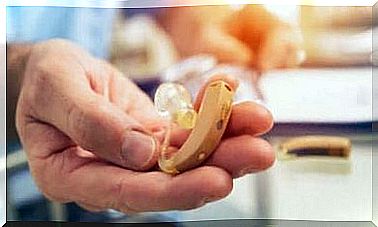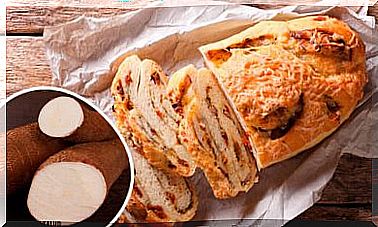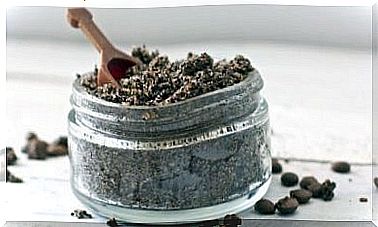Bibimbap – Delicious Korean Rice Food
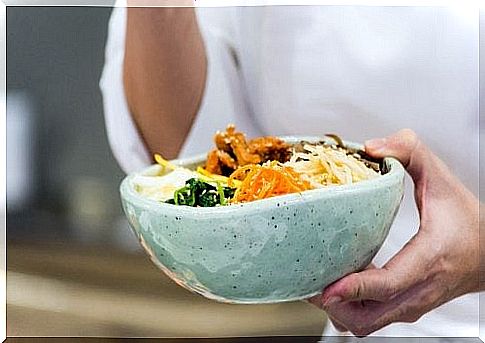
Is bibimbap a familiar dish to you? In this article, we share this popular Korean rice dish recipe . It has meat, eggs and vegetables in addition to rice and is very delicious!
Nutritional value of rice
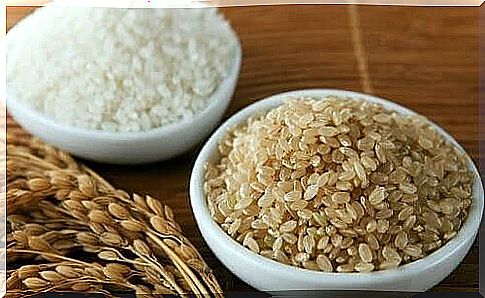
Rice has a lot of good carbohydrates and is a natural source of energy. It also contains tryptophan (an essential amino acid), vitamins B3 and B6, antioxidants and protein.
One good reason to eat rice is that it is low in sodium and hardly fat. Because it is rich in insoluble fiber, it is also believed to help prevent cancer, especially colon cancer.
The main ingredient in rice is starch, which consists of amylose and amylopectin. The characteristics of each rice variety depend on which ingredient they contain more of. For example, when there is more amylopectin, the rice grains are more sticky. Choosing the right variety of rice is the key to a successful meal.
However, nutritionists generally recommend whole grain rice as it is high in fiber. Ask your nutritionist for more information.
Bibimbap recipe
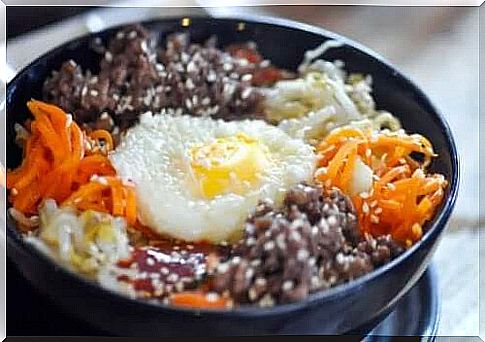
Before you start making bibimbap, first discuss whether the rice should be washed before cooking. Washing rice is very common in many Asian countries. In the past, rice was washed for possible parasites, soil and other remnants, but today there are conflicting views on washing it. Some chefs recommend washing the rice to remove excess starch and make the rice “loose,” while some experiments find it unnecessary.
According to studies by the U.S. Food and Drug Administration (FDA), washing rice before cooking may remove some of the beneficial nutrients such as folate, iron, and thiamine. For this reason, we do not recommend washing rice in the preparation of this recipe.
Bibimbap: recipe ingredients
- about 180 g of Japanese rice (also known as sushi rice). If you can’t find Japanese rice, you can use short-grain rice.
- 300 g of minced meat
- 30 g of spinach
- 1 large carrot
- 10 large mushrooms
- 2 eggs
- 100 g of bean sprouts
- 80 g of kimchi
- salt to your liking
- oil as needed
Ingredients for marinating meat
- 2 tablespoons soy sauce
- 1 teaspoon sesame oil
- ½ teaspoon of garlic powder
- 1 teaspoon mirin (optional)
Ingredients for Gochujang sauce
- 2 tablespoons gochujangia (this is a red chili paste made from fermented soy and chili)
- 1 tablespoon water and rice vinegar (optional)
- 1 teaspoon sesame oil, sugar and sesame seeds
- salt to your liking
Manufacturing
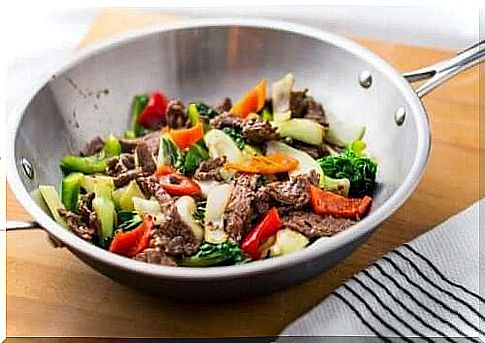
- Start by making the marinade by mixing together soy sauce, sesame oil, garlic powder and myrrh.
- Marinate the meat in this mixture. There is no need to leave the meat in the mixture for a long time, about ten minutes is enough.
- Fry the meat in a frying pan or wok pan. Set aside.
- Sprinkle a little oil in a saucepan, heat it and add the rice. Stir constantly to prevent the rice from burning or sticking to the bottom.
- After about a minute, add five deces of boiling water and salt to your liking. Allow to cook over medium heat until the rice is ready (about 10 minutes or as instructed on the package).
- Wash, peel and chop the carrot into strips. Slice the mushrooms.
- Wash the bean sprouts and spinach well.
- Heat a little oil in a frying pan or wok pan and fry the carrots for a few minutes. Do the same for the mushrooms. Vegetables are at their best when they remain a little crumbly.
- Saute the spinach and then the bean sprouts separately. Be careful as they will ripen very quickly.
- Prepare the gochujang sauce by placing all the sauce ingredients in a bowl and mixing them well until smooth. If you don’t want the sauce to heat, add gochujangia just a teaspoon.
- Fry the eggs.
How bibimbap is served
- Bibimbap can be served from a deep serving plate or directly from the pan.
- First, place the rice on the bottom of the serving dish.
- Divide the remaining ingredients into groups according to color and Arrange them on top of the rice. You can view a sample of the images in the article.
- Put the egg in the middle.
- Gochujang sauce should be served separately so that each diner can add it to their own portion as much as they want.
- Now bibimbap is ready to be enjoyed!
Bibimbap can also be prepared this way
- A vegetarian version of this dish is easily obtained by replacing the meat with tofu or simply omitting the meat.
- Other vegetables such as green beans, zucchini, red onions, peppers, etc. can also be added to the meal.
- If you can’t find any gochujangia, you can use some other chili paste instead of it to make the sauce.
- In the original recipe, bibimbap is served with raw egg yolk in the middle.
I hope you like this Korean rice recipe! It is also a great way to increase the amount of vegetables in your diet.
